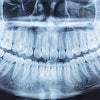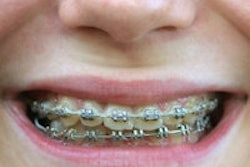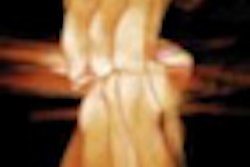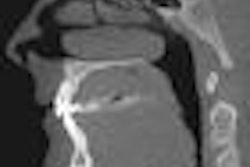Dental practitioners should take a "restrained approach" to cone-beam CT (CBCT), using it only when conventional radiography will not yield enough information to adequately treat a patient, according to an evidence-based review in Oral Surgery (June 18, 2013).
"Dental CBCT has been available for only about 15 years, but has already found many uses in the practice of oral surgery despite a limited evidence base for its diagnostic efficacy," wrote Keith Horner, BChD, MSc, PhD, Odont Dr, a professor at the University of Manchester School of Dentistry.
Because CBCT is often associated with higher radiation doses than conventional radiographic techniques, "careful attention must be given to justification and optimization," he added.
Much of the published literature involving CBCT is dominated by opinion and case reports, Dr. Horner noted, with few studies focused on patient outcome efficacy.
"At this time, the evidence base suggests that a restrained approach in using CBCT is appropriate, limiting it to situations where conventional radiography cannot provide the information required to manage a patient adequately, or to those where multislice computed tomography is the current imaging modality of choice and where limited soft-tissue contrast is acceptable," he concluded.



















